Active Time Event Volume 1: 30 Years of Doom's Enduring Influence in Gaming
A celebration of the iconic first-person shooter
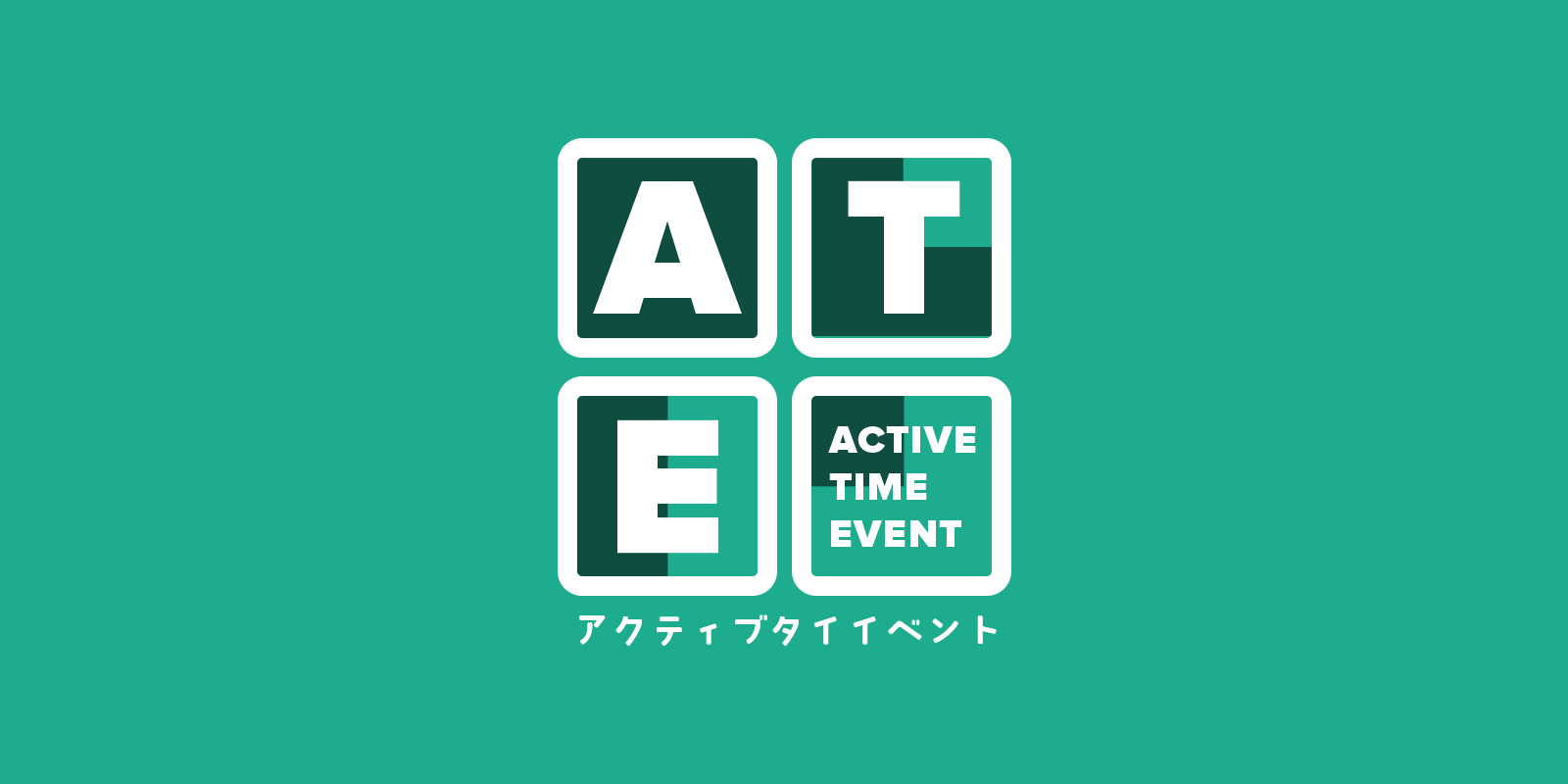
Welcome to Active Time Event. In this series, multiple SUPERJUMP authors come together to explore and discuss a specific gaming topic from a wide range of perspectives. This might include a much-beloved franchise, a particular piece of memorable gaming hardware, or even the legacy of a creator whose work we admire. We hope you enjoy reading this series as much as we enjoy writing it.
IN THIS EDITION
SOUNDTRACK
E1M1
BY JARED MCCARTY
The importance of the video game soundtrack cannot be overstated. Whether it be an aggressive earworm like the “Super Mario Theme” from the NES Super Mario Bros. or a gut punch like “Aerith’s Theme” from Final Fantasy VII, nailing the soundtrack of a video game is as essential to a great gaming experience as how good the controller feels in your hand. It’s been this way for as long as games have had sound. A lot of games in the late '80s and early '90s were restricted in what sounds they could produce based on what medium the game utilized. Cartridges had a significantly harder time producing high quality sound due to the limitation of their bits, which is why a lot of games from that time period have the prototypical “plinky plonky” soundtracks that all have that familiar retro vibe associated with them. PC games, on the other hand, didn’t have these same restrictions, so you got some incredible soundtracks that still hold up to this day.
In my opinion, one of the most iconic soundtracks of this generation is that of the original Doom.
If you played games in the '90s, chances are you know the heavy guitar riffs and thumping MIDI drums of the original Doom’s E1M1’s stage theme track, known as At Doom’s Gate. When the original Doom first released, the heavy metal genre was still seen by some as satanic and potentially damaging to the youth, so when the gory visuals of demons being bisected by a chainsaw is layered over sludgy guitar riffs that sounded straight off of an Overkill record, it left quite the impression. This heavy metal legacy has lived on within the Doom franchise (with the exception of Doom 3 and a few of the original Doom ports,) with Doom 2016 being a highlight. Mick Gordon, a renowned composer and producer who has worked on the likes of Prey, the new Wolfenstein series, and Atomic Heart, breathed new life into the Doom series with his incredible work on Doom 2016’s industrial metal soundtrack. The true paradigm shift occurred when the sequel, the unbelievably good Doom Eternal, released with Mick Gordon’s unbelievable soundtrack along with it.
Doom 2016 had a soundtrack worth listening to, but Doom Eternal turned everything up to 11. The guitar riffs were heavy, distorted, and extremely punchy. The drums were bassy and full of deathcore licks and double kicks. The grungy industrial backing provided that beautiful sense of futuristic violence that comes with the Doom series. Pretty much every song that accompanies Doom Eternal will get you revved up to slaughter hellspawn, with the standout track - The Only Thing They Fear Is You - sitting at a whopping 11 million plays on YouTube. It was the subject of memes, used in TikToks, and generally referenced any time something was considered over-the-top macho or hilariously violent. One thing that was surprising, however, was how Doom Eternal’s industrial deathcore soundtrack ended up affecting the metal world at large.
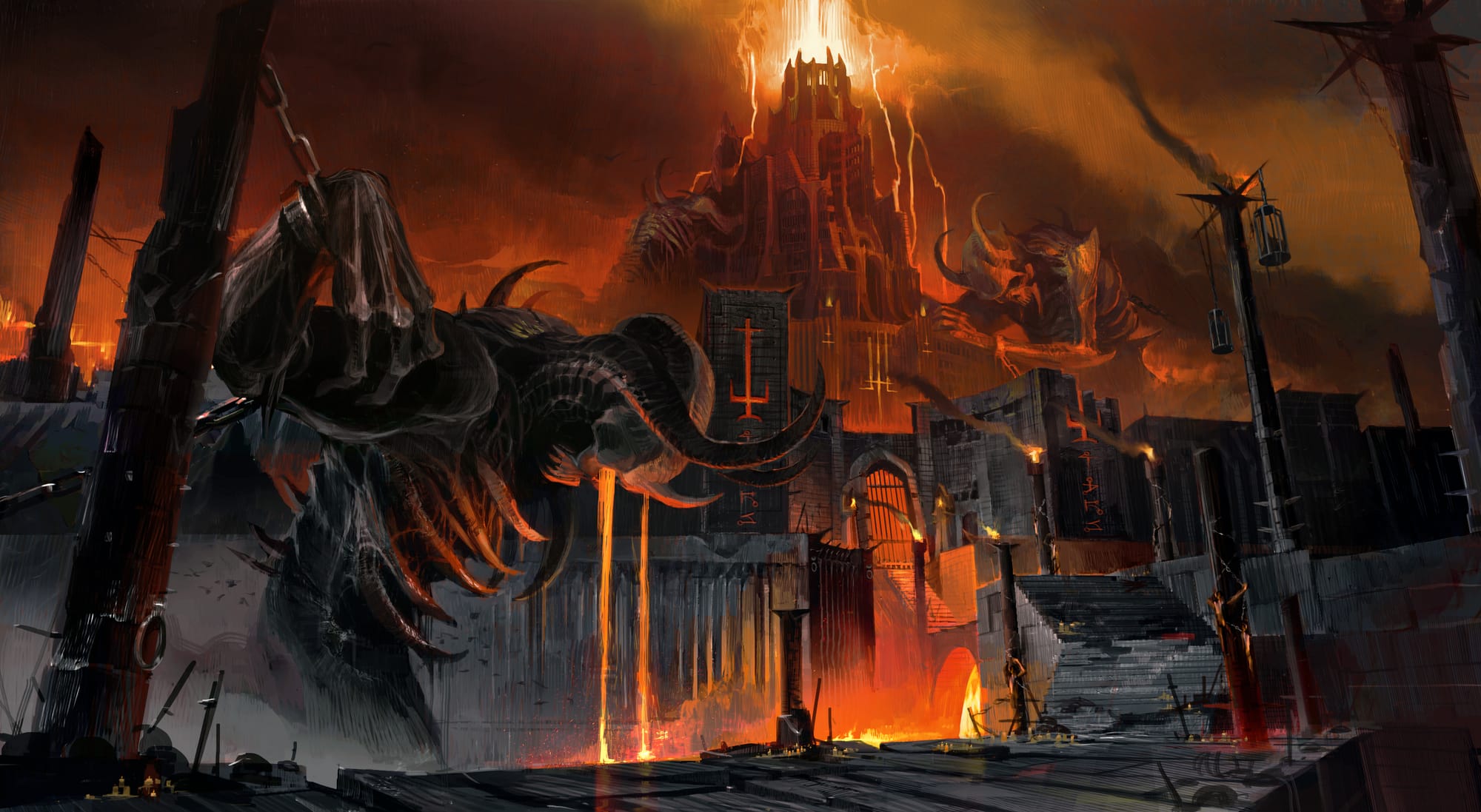
In my opinion, one of the most iconic soundtracks of this generation is that of the original Doom.
Mick Gordon’s guitar tone on the Doom Eternal soundtrack is tuned ridiculously low. Like, so low that guitarists with 8-string guitars (the 2 extra strings allow for more extreme tuning) and pitch shifters (a guitar pedal that allows guitar tones to raise or lower pitch on the fly) have trouble accurately replicating it. Prior to Doom Eternal releasing, metal guitar tunes were typically pretty low, giving the stereotypical “heavy” sound that most people associate with metal guitar playing. That being said, there is a noticeable shift in guitar tone and riff style that just-so-happens to coincide with the release and subsequent rise in prominence of one Doom Eternal – the year 2020. Coincidence? I mean, maybe, but I think not.
No one needs to be reminded of what Covid-19 was, but the pandemic did allow for a greater spread of entertainment to pretty much everyone in the world due to the quarantined nature of most of the world. I think that because of this, way more metal artists were off from touring and doing more leisurely activities, like playing video games. There are very few video games that are decidedly as metal as the Doom franchise, so it would be easy to see these artists whittling their quarantine hours away by wading in the gore of the hellspawn. Doom Eternal is as much its soundtrack as its gameplay, so it wouldn’t be a surprise if Mick Gordon’s masterpiece soundtrack left a lasting impression on those playing it.
Evidence to this hypothesis comes in the form of the Kerrang! interview with metal alumni Ollie Sykes of Bring Me the Horizon fame, where he discusses that he loved the soundtrack so much that his band did a collaboration with Mick Gordon himself. On top of this, Mick Gordon had direct contact with dozens of metal artists when recording the chillingly visceral vocals for the track Kar En Tuk (translating to Rip and Tear, because of course it does.) He brought together what very well may be the world’s first and only Heavy Metal choir, to excellent effect. From newer bands like The Anchor to industrial metal royalty like Static-X, Mick Gordon’s direct influence was felt in some of the biggest metal bands of the common era as their vocalists joined together for this hardcore harmony. I think that because of this, plus the quality and excellence that oozes from the Doom Eternal Soundtrack, metal was shaped by the efforts of this one man and this one video game, with bands like Aviana and Krosis making music that would perfectly when laid over the Doomslayer doing what he does best.
Inspiration tends to be cyclical, so Mick Gordon’s signature sound does already come from the groundwork laid behind by not only the metal legends of old, but the Doom franchise itself. It has come together to form a beautifully cohesive heavy metal marriage that is, personally, my favorite video game soundtrack of all time. According to him, he pumped his blood, sweat, and tears into Doom Eternal and without him, we wouldn’t have the fantastic genre-defining arena shooter we do. Unfortunately, like so many other stories, this one doesn’t exactly have a happy ending. There has been an ongoing struggle between Mick Gordon with Bethesda and id software (Doom Eternal’s publisher and developer) in regards to payment and distribution of this masterpiece of a soundtrack. It looks as though Mick Gordon and the powers that be are no longer collaborating together for future Doom projects, and that is a huge, huge loss for that game franchise. Frankly the entire situation saddens me. It appears that id Software mistreated Mick Gordon to an extreme extent, and they lost one of the most outwardly influential video game composers of modern times. Oh well, it looks like I’ll just have to be happy listening to BFG 10,000 again for the 300th time, and that’s just fine by me.
TECHNOLOGICAL ADVANCEMENTS
BREAKING NEW GROUND
BY STEVEN CARPENTER
In the annals of game development history, the collaboration between luminaries John Carmack and John Romero at id Software in the early '90s gave birth to the Doom engine. What is the Doom engine you ask? Put simply, it's the pioneering technology that powers Doom itself. The Doom engine did emerge as an architectural masterpiece, going on to power other games such as Heretic, and Strife: Quest for the Sigil.
In an age dominated by 2D gaming landscapes, the Doom engine emerged as a seismic shift with its integration of advanced (for the time) 3D graphics. Now while the rendering capabilities of the engine manifest a three-dimensional environment, it's important to recognize that said space is essentially derived from a two-dimensional floor plan. This design choice inherently dictates that the line of sight consistently maintains a parallel orientation to the floor plane. The structural elements within this spatial realm adhere to a strict orthogonality, where walls are mandated to exist perpendicular to the floors. Alas, the engine grapples with an inherent incapacity to facilitate the manifestation of multi-level constructions or topographically inclined regions, wherein floors and ceilings assume divergent angular orientations.

In an age dominated by 2D gaming landscapes, the Doom engine emerged as a seismic shift with its integration of advanced (for the time) 3D graphics.
The underpinning architectural framework of the Doom engine revolves around the implementation of binary space partitioning (BSP). This method necessitates the use of a specialized tool, referred to as a node builder, tasked with the generation of BSP data for a given level prior to its playability. The time investment in this procedure is contingent upon the size and intricacy of the level, and it is not uncommon for the generation process to entail a substantial duration.
In essence, BSP operates by dissecting the level into a binary tree structure. Each node within this tree corresponds to a distinct area within the level, with the root node encapsulating the entirety of the level. At every branching juncture of the tree, a discernible dividing line is established, cleaving the area of the node into two distinct sub nodes. Simultaneously, this division extends to linedefs. This hierarchical and partitioned representation, courtesy of BSP, forms the backbone of the Doom engine's spatial organization, delineating the structural and visual facets of the game environment.
In an era where computational limitations were the norm, the Doom engine stood out for its masterful optimization. It embodied a strategic approach towards ensuring accessibility. The engine's ability to deliver a seamless experience across diverse hardware configurations, including less potent machines, was a testament to a calculated commitment to democratizing access to cutting-edge gaming experiences.
A hallmark of the Doom engine was its commendable cross-platform compatibility. Unlike many contemporaries of its time, the engine was designed with a foresight that transcended the immediate horizon. Operating seamlessly across different platforms, from MS-DOS to Windows, demonstrated a forward-thinking ethos. It was a deliberate stance promoting inclusivity within the gaming landscape.
It resides in the very fabric of contemporary game development. Serving as a foundational pillar for immersive 3D experiences. The Doom engine is not just a chapter in history; it's a living testament to the massive impact that visionary engineering can have on shaping the future of an entire industry.
I could go on and on about the greatness that is Doom and its tech-pushing engine but I do not wish to take up too much space in this feature. I'll close with this. The clash of visions, the melding of artistry, and the relentless pursuit of pushing gaming boundaries – these are the pillars upon which Doom stands. And the rest, as they say, is history, etched in the halls of gaming greatness.

CONTROVERSIES AND CHALLENGES
FEAR, VIOLENCE, AND DOOM
BY GAVIN ANNAND
There are few games, particularly amongst PC games, that has had such a profound impact on 1990s ideas about the games industry as id Software’s seminal work, Doom. Doom turned the burgeoning first-person shooter genre into a global sensation and catapulted the likes of John Carmack and John Romero to super-stardom in the gaming world. In the mid-90s, there weren’t any “first-person shooter” games – there were only “Doom clones”, such was the defining influence of this game.
With this violent game about wading through Hell massacring demons achieving such widespread recognition, it was only a matter of time before the gory subject matter courted negative attention. Doom was criticised for its graphic depictions of gore, violence and satanic imagery, with some conservative religious groups taking particular issue with the hellish themes, while many parents fretted over the potential developmental impact the violence might have on their children.
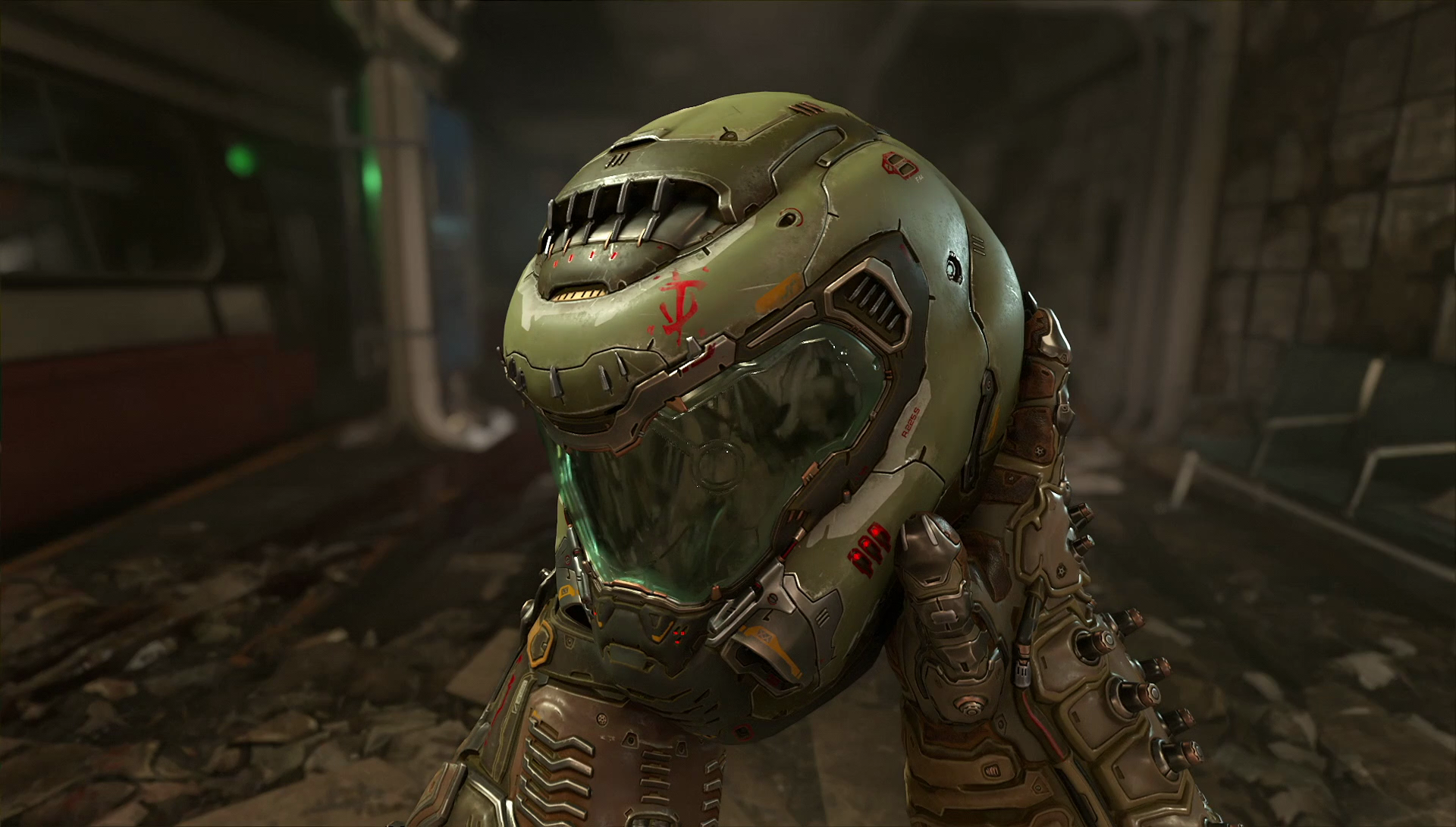
Doom was criticised for its graphic depictions of gore, violence and satanic imagery...
Really, it’s perfectly understandable that Doom was so controversial. As reported by industry associations like the Entertainment Software Association, Interactive Games and Entertainment Association, the median age of a modern gamer sits roughly in the range of 30 to 35 years old. I’m a gamer, and I have children who play games. I understand them, and I understand their content.
When Doom released in 1993, the games industry was hardly in its infancy, but had achieved nowhere near the cultural saturation that games have today. Many parents in the early 1990s had never played a videogame in their lives, and probably still associated games with coin-op arcades, Pac-Man, Mario and Tetris. Doom was violent, visceral, confronting – and unfamiliar. And as anyone knows, the unfamiliar can often seem terrifying.
Doom received a disproportionate amount of negative press for its violence, but there were plenty of games in the 90s that were at least as violent, if not moreso. Build Engine games like Duke Nukem 3D, Blood and Shadow Warrior took violence to new heights, while Carmageddon added vehicular slaughter to the equation. But Doom was the game that everyone had heard of, so everyone had an opinion – especially if they had never played it.

LEGACY AND FUTURE
WHY IS DOOM ETERNAL?
BY JOSH BYCER
The 2010s was a decade where indie developers blow up in the game space and where we also saw the reinvention of several major genres and franchises. Doom as a franchise and sense of design will never die, not only thanks to the success its reinvention, but how fans and developers continue to be inspired by it.
Despite being the second major FPS (with Wolfenstein 3D being the first), it is the one that fans agree kicked off the FPS genre in the '90s. It is to FPS genre what Super Mario Bros. is to platformers: a game that has been universally copied and studied, everything about it is iconic, and incidentally, both have their first stages poured over by designers and fans to learn their design. It’s funny to consider that the original concept for Doom was supposed to be a horror game, but fans did not feel scared once they picked up the iconic shotgun and fired it for the first time. Far from being frightening, it was empowering. Pretty much everything FPS-related in the '90s owes itself in some fashion to the design of Doom; I really wasn’t kidding when I said it was like Super Mario Bros. in terms of impact.
I could go on for several hundred more words talking about how the design is iconic, but I don’t want this feature to turn into a small design essay, and there’s more to talk about in terms of how Doom as a franchise re-invented the FPS not once, but twice.
Doom 3 is considered the black sheep of the franchise despite being a solid game; just not the one Doom fans were hoping for. Their hopes were realized with the arrival of Doom 2016 and the introduction of “push forward combat.” Instead of trying to slow down or ground Doom like other shooters of the time, id decided to make the Doomguy fast, delivering an experience that felt both old and new at the same time. The idea of 'push forward' combat and the general snappiness of Doom 2016 and Doom Eternal made the game feel more like an action title rather than a traditional FPS. While there are people who did not like it at all, I fell in love with it and it meshed nicely with my style of play.
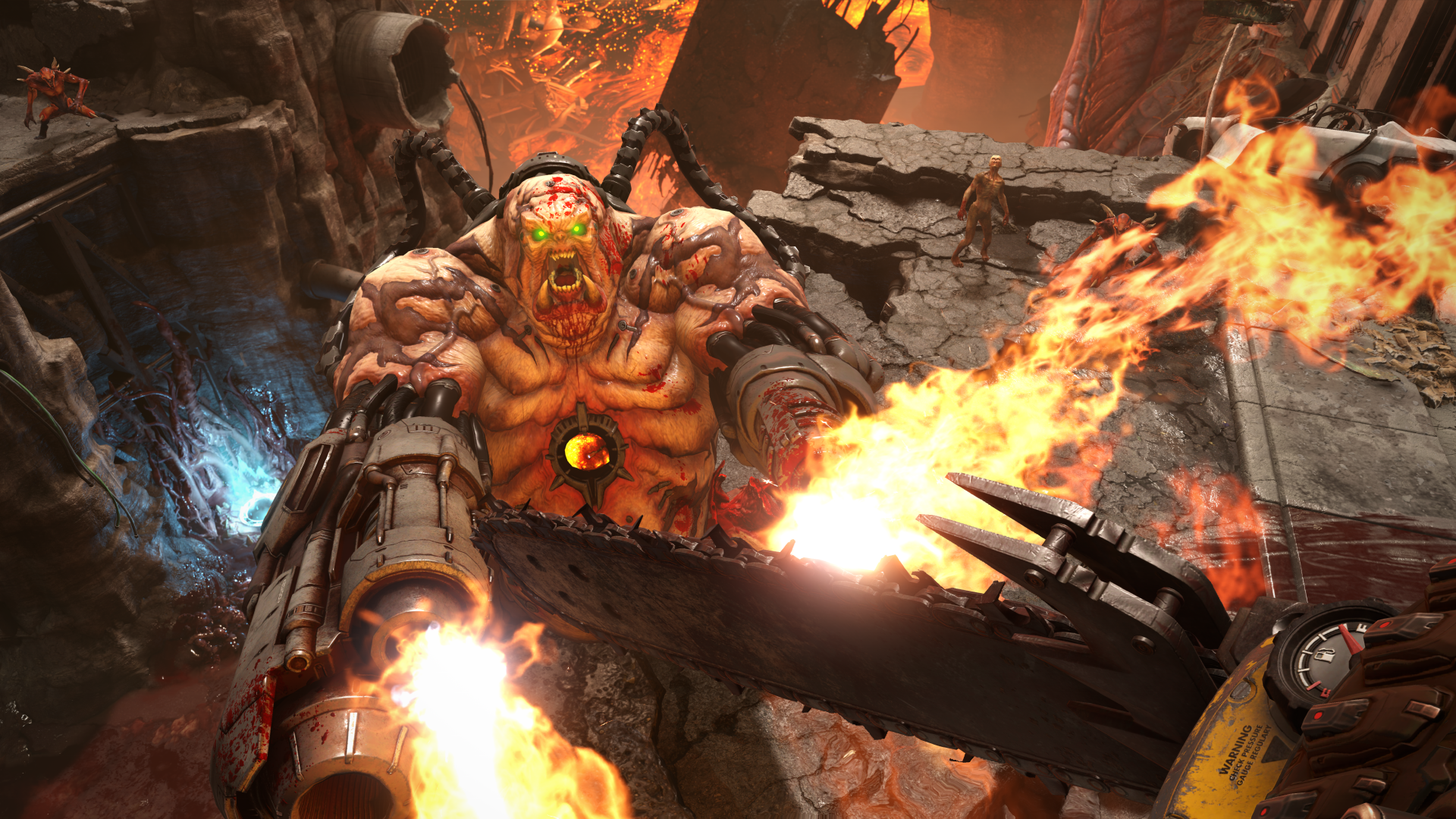
Pretty much everything FPS-related in the '90s owes itself in some fashion to the design of Doom; I really wasn’t kidding when I said it was like Super Mario Bros. in terms of impact.
For people who want both a traditional (and not-so-traditional) Doom experience, we can look at the spectrum of GZDoom fan mods and total conversion games that have been released and given a new life in recent years. Thanks to Dusk - that set the stage for boomer shooters to return - more GZDoom games have been released on Steam, and the variety is fantastic. This year, “Myhouse.wad” turned Doom into an existential horror game where nothing was what it seemed. If you want an open world-styled Doom experience, there is Hedon. Just like with the platformer genre, there are now more classic shooters available than most of us will ever get a chance to play. As of me typing up this entry, the Cacowards – a yearly honoring of the best mods for Doom 1 and 2 had their latest round up. Just browsing their best of lists for the previous years shows amazing creativity and more fantastic takes that blow my mind.
Doom and Dusk showed people that the arcade-styled shooter still has popularity, and there are plenty of amazing shooters in the works. New Blood Games has been publishing hit after hit and promoting a lot of them. Cultic looks like a fantastic and challenging shooter with loads of weapons and varieties. Turbo Overkill is more in the style of Doom Eternal and true to its name is completely over the top. The main one I’m eagerly waiting for 1.0 is Ultrakill, a game that looks like a boomer shooter, plays like Doom Eternal meets Devil May Cry, and will keep you guessing as to what’s coming next.
Doom’s design has stood the test of time, and no matter how many new shooters come out, how many new designs we see, people will always be inspired by E1:M1 and pumping that shotgun.


